From idea to creation
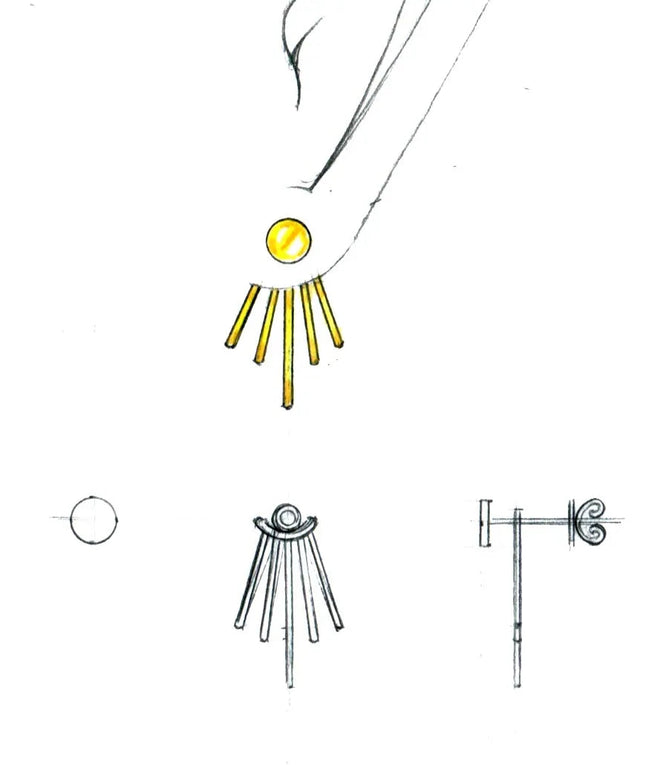
The design
Inspired by her travels and surroundings, the designer puts her ideas on paper. She creates sketches, then adds precise measurements before sending them to her workshop.
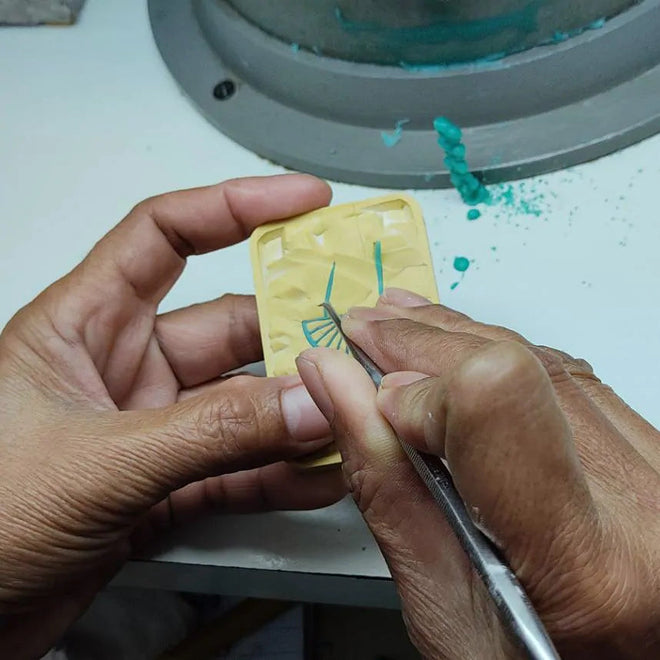
The prototype
Once the final design is approved, the workshop creates a prototype based on it. Adjustments are made if necessary. Once perfected, a rubber mold is made to preserve the imprint of this prototype. This mold is then used to produce the various pieces of jewelry.
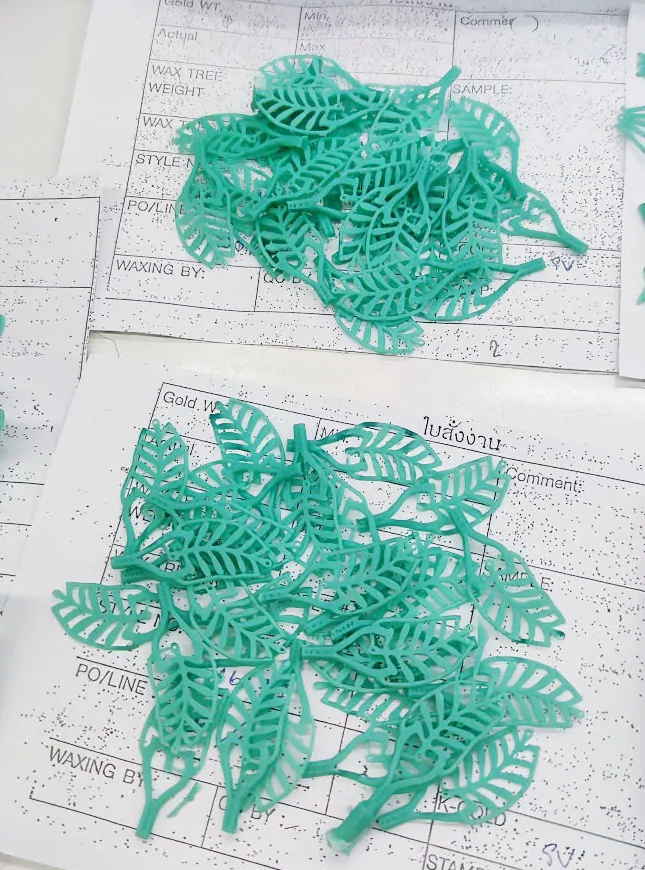
Wax replica
Liquid wax is injected into this rubber mold and left to cool and harden for a few minutes. The wax is then removed from the mold, forming a perfect replica of the jewelry piece. The artisans must create as many wax models as there are pieces ordered.
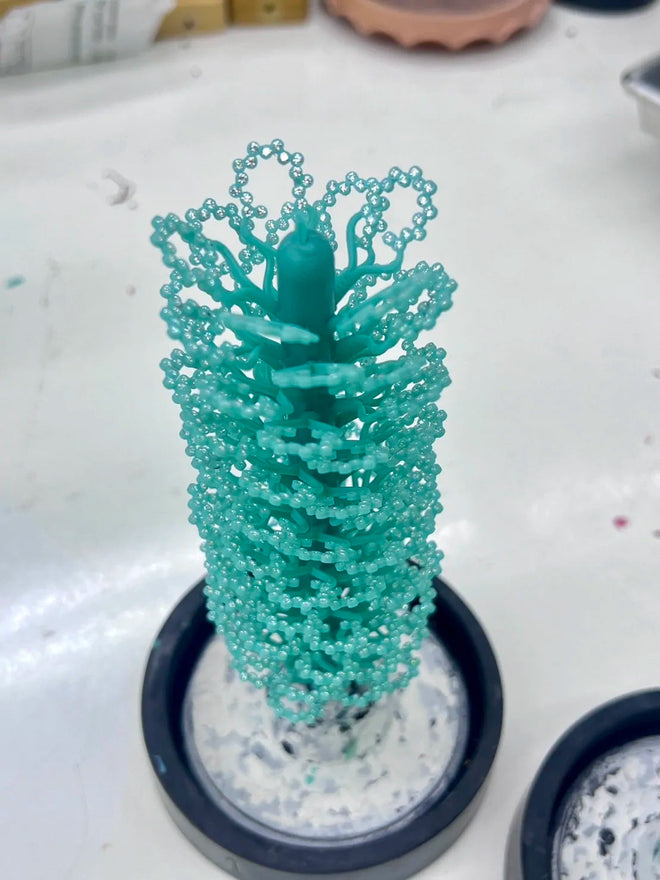
The cylinder
Once the wax replicas are ready, they are attached to a hardened wax stem using hot wax. They are arranged like branches on a tree, without touching each other. The wax tree is then placed into a metal cylinder, which is filled with heat-resistant plaster that hardens within an hour.
From wax to jewelry sparkle
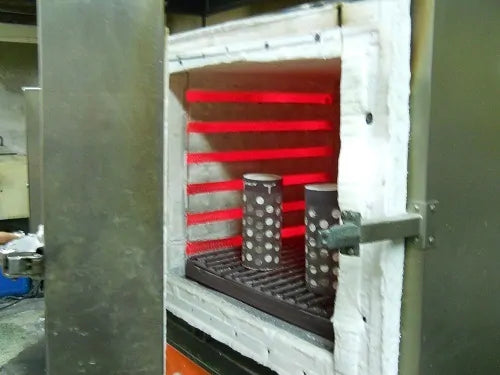
Wax casting
The cylinder is then placed in a high-temperature oven to melt the wax, leaving only the negative impression of the jewelry in the hardened plaster.
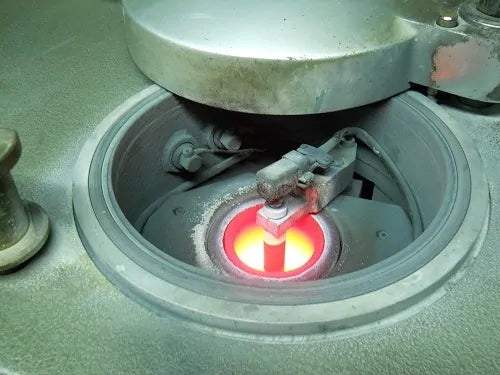
Recycled 925 sterling silver
Molten silver is then injected into the plaster cylinder. The liquid metal fills the negative impressions left by the wax models.
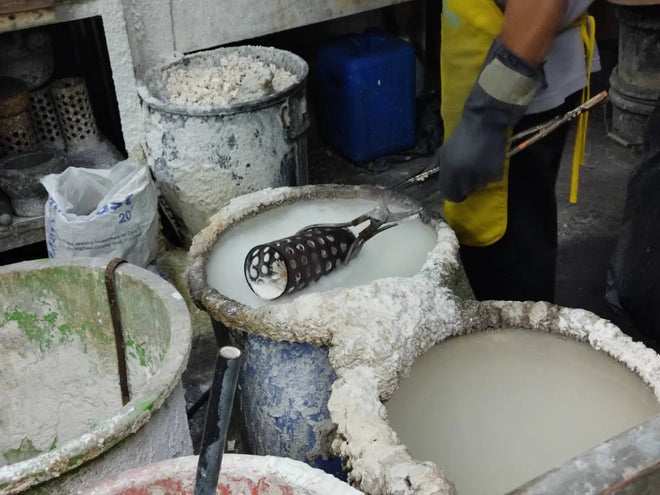
Demolding
After cooling, the plaster mold is broken, revealing the silver jewelry tree. At this stage, the silver is not shiny and shows several imperfections that will be corrected in the following steps. The individual pieces are cut from the tree, then cleaned and polished.
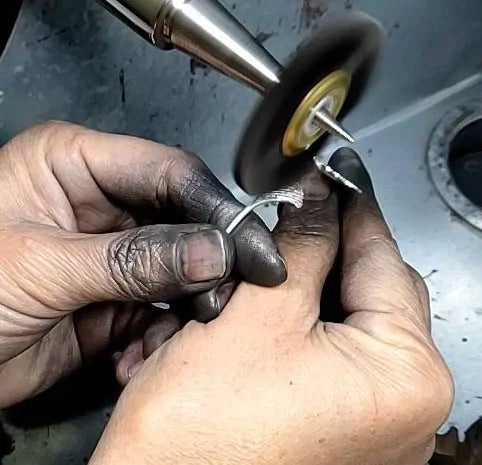
Polishing
At Assaya Jewelry, we use both machine and hand polishing. The polisher ensures that the metal is perfectly polished to achieve maximum shine. Only a skilled and experienced artisan can carry out this delicate work.
The final touch

Plating
Next comes the gilding process, an electrochemical procedure in which layers of gold are deposited onto silver. A current draws positively charged gold ions through a gold bath solution to adhere to a negatively charged piece of jewelry. At Assaya Jewelry, we choose a minimum of three layers of 18k gold. More gold means more processing time—but better quality!
Finishing
Finishing consists of giving the jewelry its final shine, stamping it with the appropriate hallmark, and ensuring it feels perfect when worn.
The result of unique expertise







